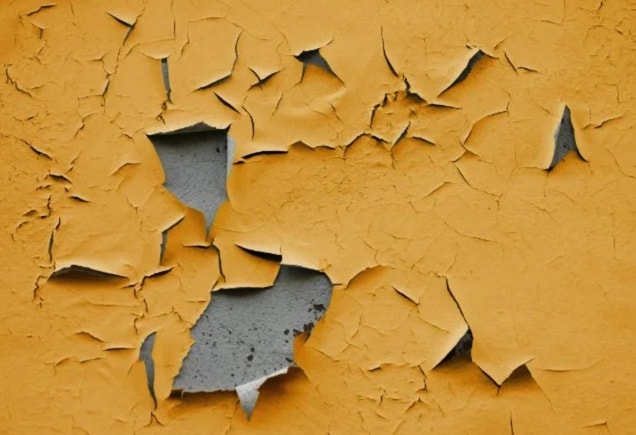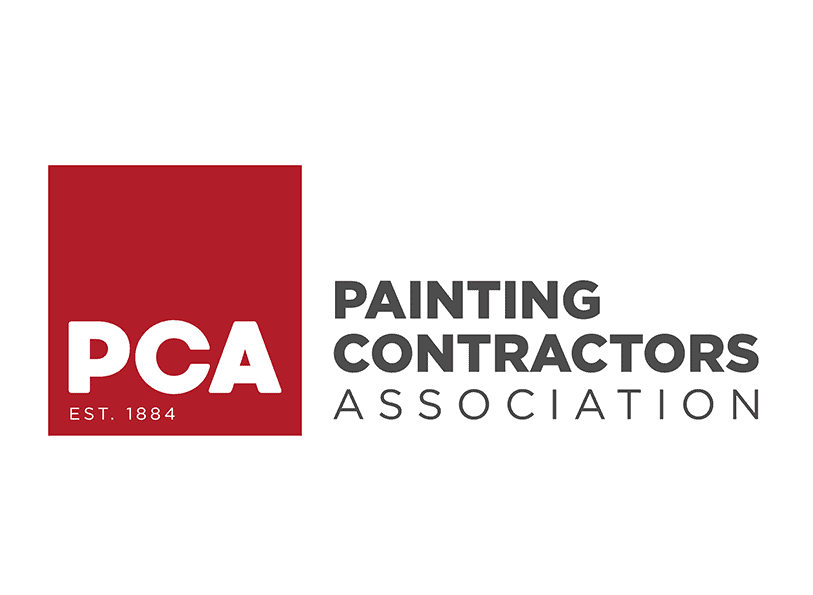
28 Feb What are the most common issues before, during, or after a painting project?
These are the most common issues or mistakes in paint projects by inexperienced homeowners or other paint contractors. These are easy to avoid, though. As experienced Northern Virginia painters, we can’t stress enough the importance of good prep work and using high-quality materials and equipment before you start painting.
1. Uneven coverage: To avoid uneven coverage, you must use high-quality paint. If you roll or brush incorrectly, you will have uneven coverage. Lastly, if you don’t apply sufficient coats of paint, you can also have uneven coverage or appearance. We suggest applying at least two coats of high-quality paint and using high-quality brushes or rollers. Be sure to check the coverage in various types of light and angles.
2. Drips and streaks: This tends to be a novice mistake (sorry!). An experienced painter will know how to load the brush and roller to avoid overloading them with paint, which can cause wall drips or streaks. Using low-quality brushes and rollers can also cause drips and streaks.
3. Color mismatch: Before repainting, be sure you have an exact paint color and sheen match! Otherwise, it will be apparent, and the results will look unprofessional.
4. Peeling or cracking paint: Several things can cause paint to peel or crack. These can include poor quality or incorrectly applied paint, not using a primer before painting, and an old painted surface. Also, if you paint over moisture, dirt, dust, or mold, you can get peeling or cracking. Be sure the surface is clean before you apply primer and paint.
5. Paint bleeding under tape: This is a common issue for an inexperienced painter. Adhering the tape properly to the surface and/or overloading the paintbrush or roller can prevent paint from bleeding under the tape, giving you an uneven edge.
6. Fading or discoloration over time: Waiting too long to paint, using low-quality paint, or direct sun exposure can lead to fading. Using a high-quality paint product can help prevent or delay fading.
7. Poor adhesion to different surfaces: To avoid poor paint adhesion to a surface, use the correct primer or paint type. Match the paint type to the surface type and, in most cases, use the correct primer for the surface type.
8. Insufficient preparation: We always stress the importance of the prep work before starting to paint. Without it, you can set yourself up for many issues (many of which we just detailed here). An experienced painter will always prepare the surface before beginning to paint!

Mike Katounas is the owner of Home Works Painting, a painting business in Northern Virginia. He has over 15 years of experience in residential interior and exterior painting, drywall installation/repair, carpentry, wallpaper removal, power washing, commercial painting, color consultation, and staining/sealing. Their service areas include Chantilly, Fairfax, Herndon, Oakton, Reston. Mike takes pride in his work, and he always follows a strict code of conduct that includes the use of quality paint, a clean workspace, and an honest, respectful approach to his customers.












Sorry, the comment form is closed at this time.